The oldest wild whitetail ever documented lived to be 24 years old. That’s impressive—but also the exception, not the norm. In North America, wild deer usually have short, hard lives as they navigate natural predators, heavy traffic, loss of habitat, drought, disease, and hunters. On average, most wild deer live only a few years.
But we also know that deer are capable of living much longer lives, thanks to studies and observations of deer raised in captivity. Deer in captivity have a much easier time growing old, but some deer in the wild end up dying from complications of old age, too—thanks to their fine-tuned self-preservation skills, plain old luck, or a combination of both.
How Long Do Deer Live: The Basics
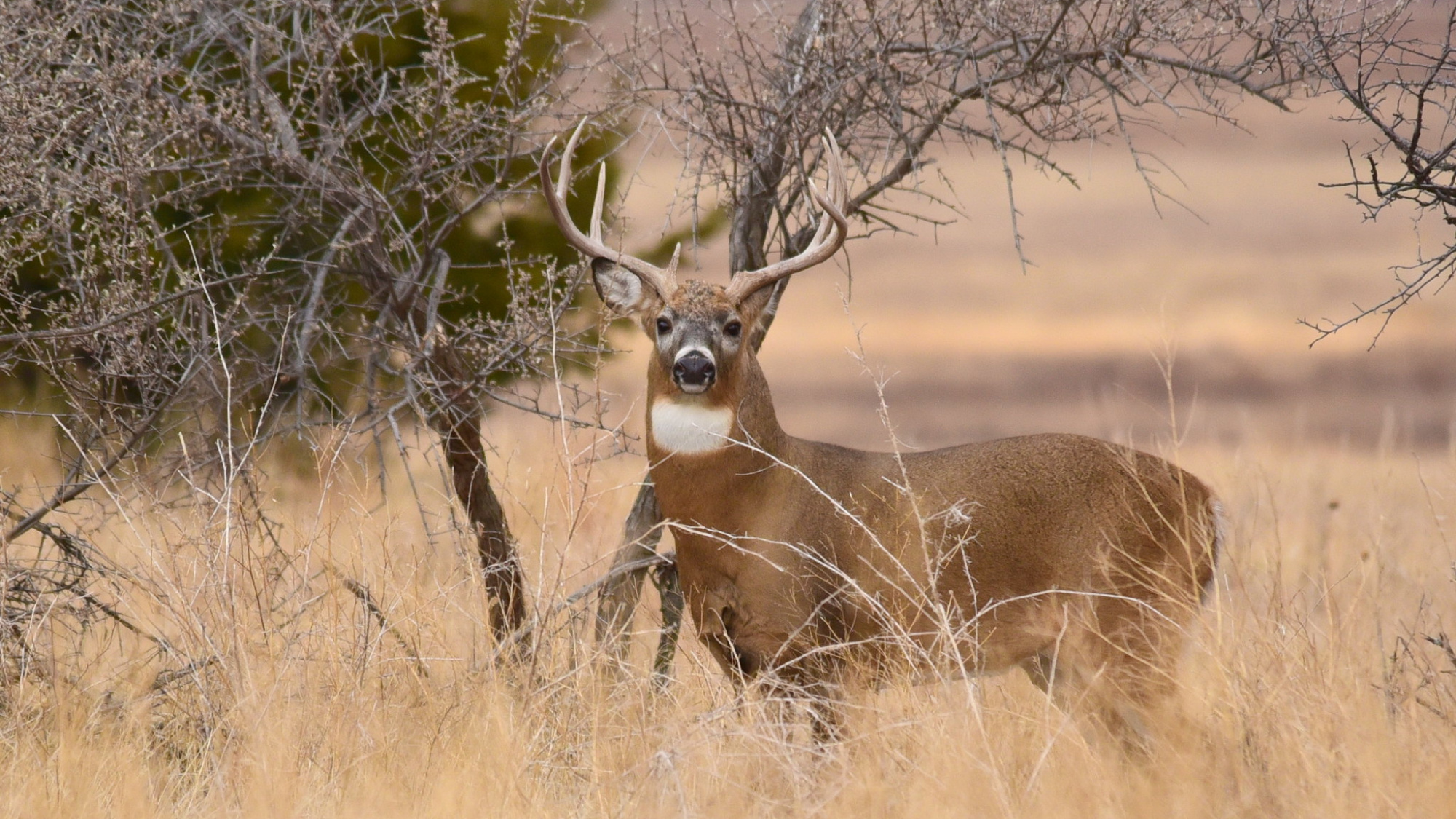
The short answer to the question of how long do deer live is pretty simple, the National Deer Association’s director of conservation Matt Ross tells Outdoor Life: They can get into their early 20s, both in captivity and in the wild.
“There’s a ton of good evidence and examples of deer making it to extreme ages,” Ross says. “In captivity, the oldest known deer was between 23 and 24 years old. Believe it or not, it wasn’t that far off from the oldest deer in the wild, which was around 22 years old.”
Ross references an article written by NDA chief conservation officer Kip Adams that discusses various deer raised by biologists that lived well into their late teens. Even more surprisingly, the 24-year-old doe that lived in captivity in Kerr Wildlife Management Area actually birthed a fawn in her final year.
But of course, a fraction of a single percent of all deer make it anywhere close to that age. So let’s get more realistic about the lifespans of the deer showing up on your trail cameras and in your backyard.
Deer Survival Rates
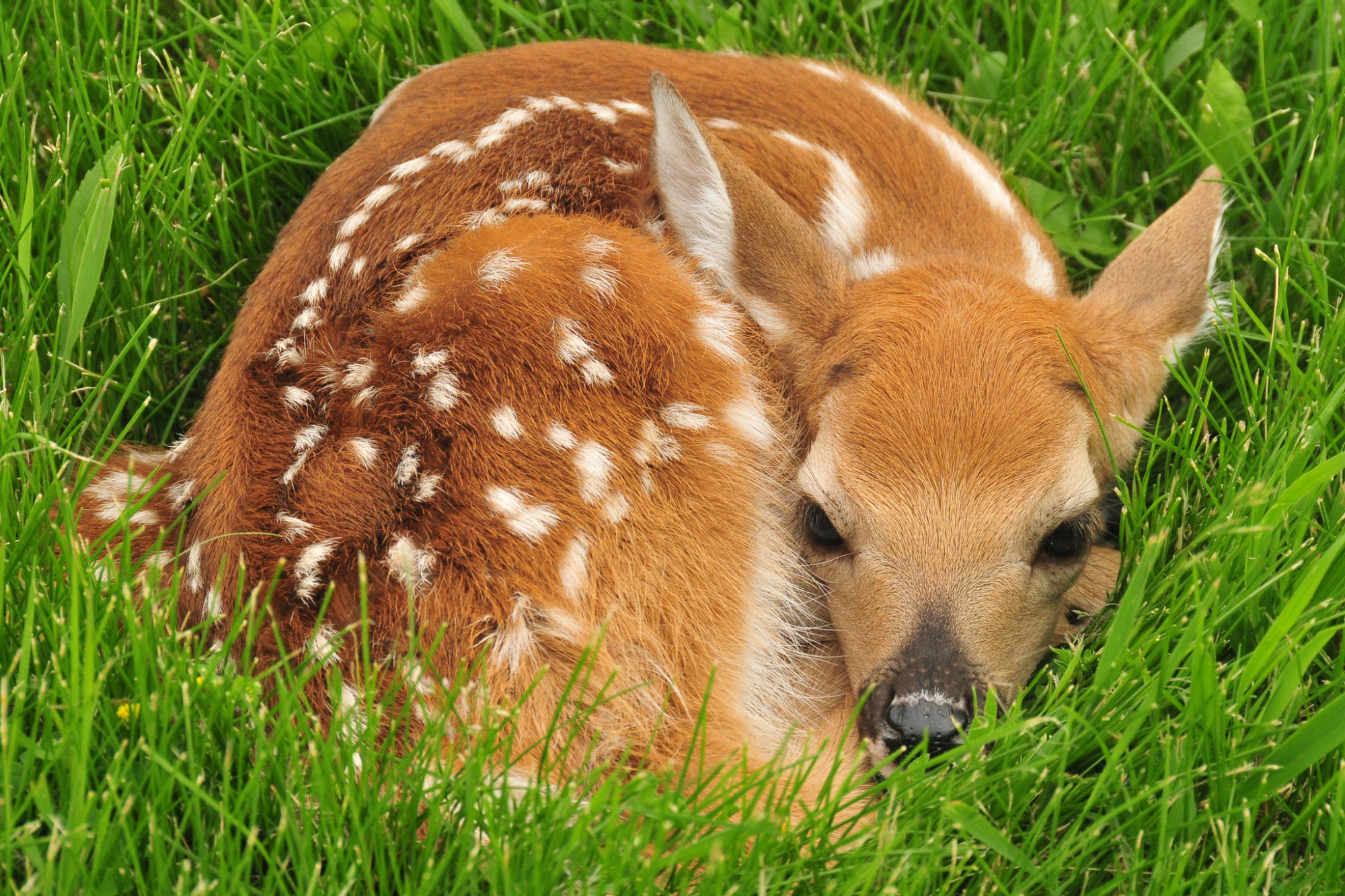
Studies show that most fawn survival rates fall somewhere between 33 percent and 68 percent, according to the NDA. Whatever kills all those fawns varies depending on the habitat type, presence of predators, and weather conditions. But the numbers prove how difficult it is for a fawn to make it through its first year no matter where it lives.
- Predators. More deer die of predation in predator-heavy habitats, where mountain lions, coyotes, wolves and bears roam, than they do in areas without high densities of those predator species.
- Winter Kill. Long winters can also devastate deer herds by pushing a deer’s fat stores to its limits, as landowners and managers saw after the winter of 2022 to 2023. Long winters are especially hard on fawns and old or sick deer.
- Vehicle collisions. An estimated 1.5 million deer-vehicle collisions occur each year. Despite that statistic, suburban areas often create safe places for deer where gardens and vegetable patches provide ample calories and predators generally stay away. Some studies argue suburban deer live longer than deer in more wild environments.
Deer ultimately live the longest wherever the habitat can provide them the most nutritious food to sustain their activity and quality cover to hide from predation and hunting pressure. There doesn’t need to be an absence of winter, mountain lions, or hunters for a deer to survive into old age; it just needs the proper resources to coexist with those risk factors. Hunter mindset has also shifted in recent decades and the percent of annual harvest that yearling bucks comprise has plummeted.
What’s Considered an ‘Old’ Deer?
For hunters, an old deer is around 5 to 7 years of age, Ross says. Anything older than that would be categorized as “really old,” and anything younger likely hasn’t reached its full potential.
“In the wild, 5, 6, or 7 years old would be old,” he says. “You get a handful of deer that get older than that, but the peak of the typical lifespan curve is probably not past those ages. But they can live a lot longer, like people who can live into those extreme ages, [like] their 110s.”
But most of the deer on the landscape are much younger. The NDA collects annual harvest data from the East and Midwest that shows that most hunters harvest deer that are between 1.5 and 3.5 years of age. In 2020, 26 percent of the antlered deer harvested were 1.5 years old, 33 percent were 2.5 years old, and 41 percent were 3.5 years old or older. The antlerless harvest saw similar numbers—18 percent were fawns, 17 percent were 1.5 years old, 22 percent were 2.5 years old, and 43 percent were 3.5 years old or older.
Bucks vs. Does
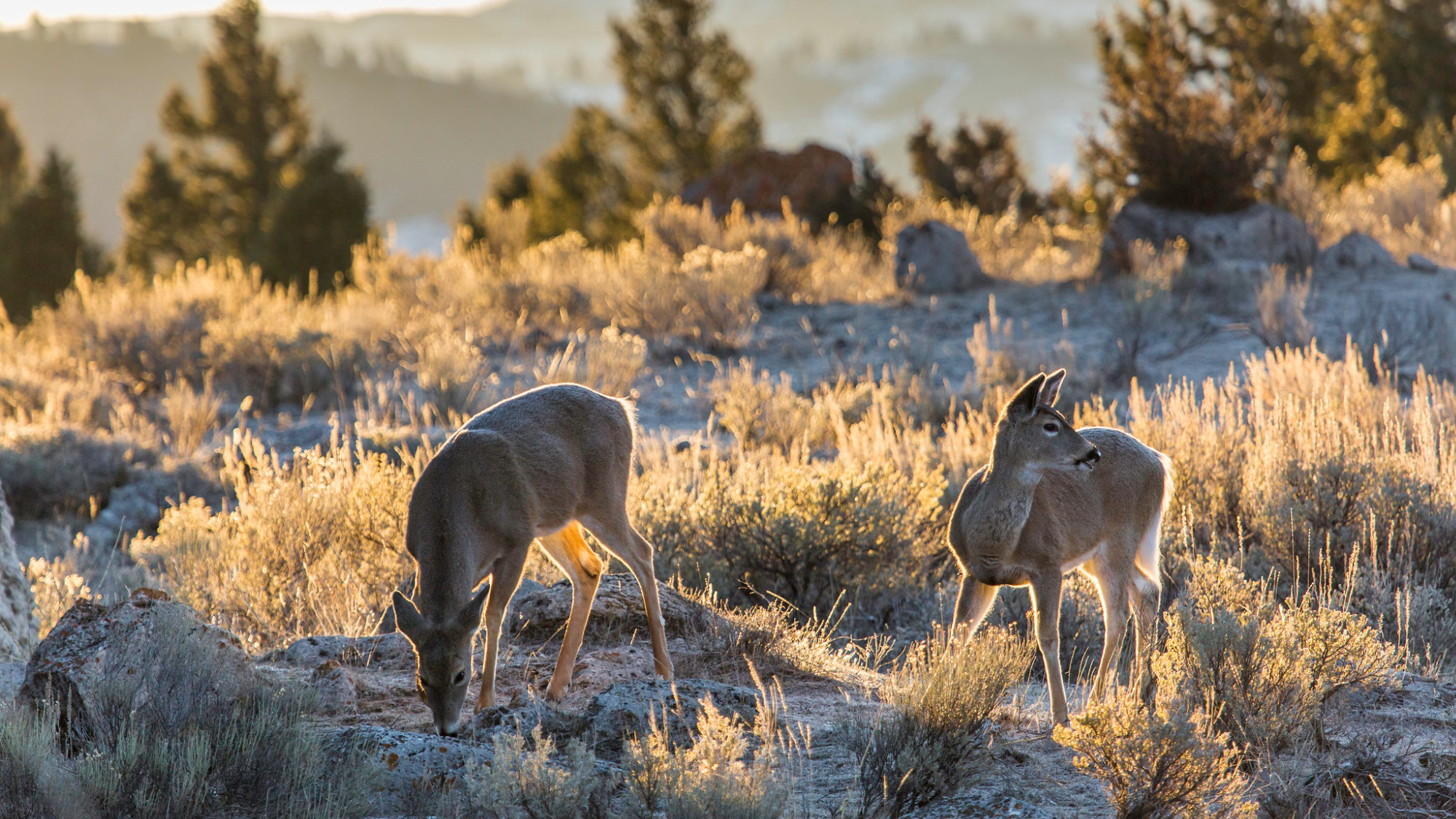
Does tend to live longer than bucks by a rough average of two years. While does reach reproductive maturity at around 1.5 years of age, their fawns are more likely to survive their first year when does are 4 years old or older, the NDA says. At that age, does have usually reached their full body size and tend to birth bigger, healthier fawns. A doe’s reproductive success further improves with age, and older does are more likely to birth twins or even triplets.
Bucks, on the other hand, lose some of their reproductive viability if they get past the prime of their life, around 6.5 years old. Their antlers might shrink a little bit, although their pedicles will remain wide and the main beams will usually carry lots of mass. A buck that was caught on camera at roughly 12 years of age shows a very full belly, broad chest, and antlers that make up for their lack of scorable points with heavy main beams.
Why Are Mature Deer Desirable?
Sure, everyone loves big antlers. But what are the actual benefits of having a herd of deer with an older age class? First of all, the older a deer gets, the more successful breeding it will get to do. This is especially true with does, who become more successful reproducers with age. Giving a 5-year-old doe another year to produce big, healthy fawns can only benefit a deer herd.
A deer herd with diverse age classes and a healthy buck-to-doe ratio will be more likely to sustain harsh winters or periods of disease. Plus, when older bucks are on the landscape, hunters see better and more intense rutting activity.
In 2020, the NDA saw the lowest percentage of yearling bucks in the antlered harvest in the history of their annual deer report. Just 26 percent of antlered bucks were 1.5 years old, while the rest were all older. This is a sign that more hunters are letting young deer walk than ever before.
Read Next: The Best Deer Hunting Gear
How to Age Deer
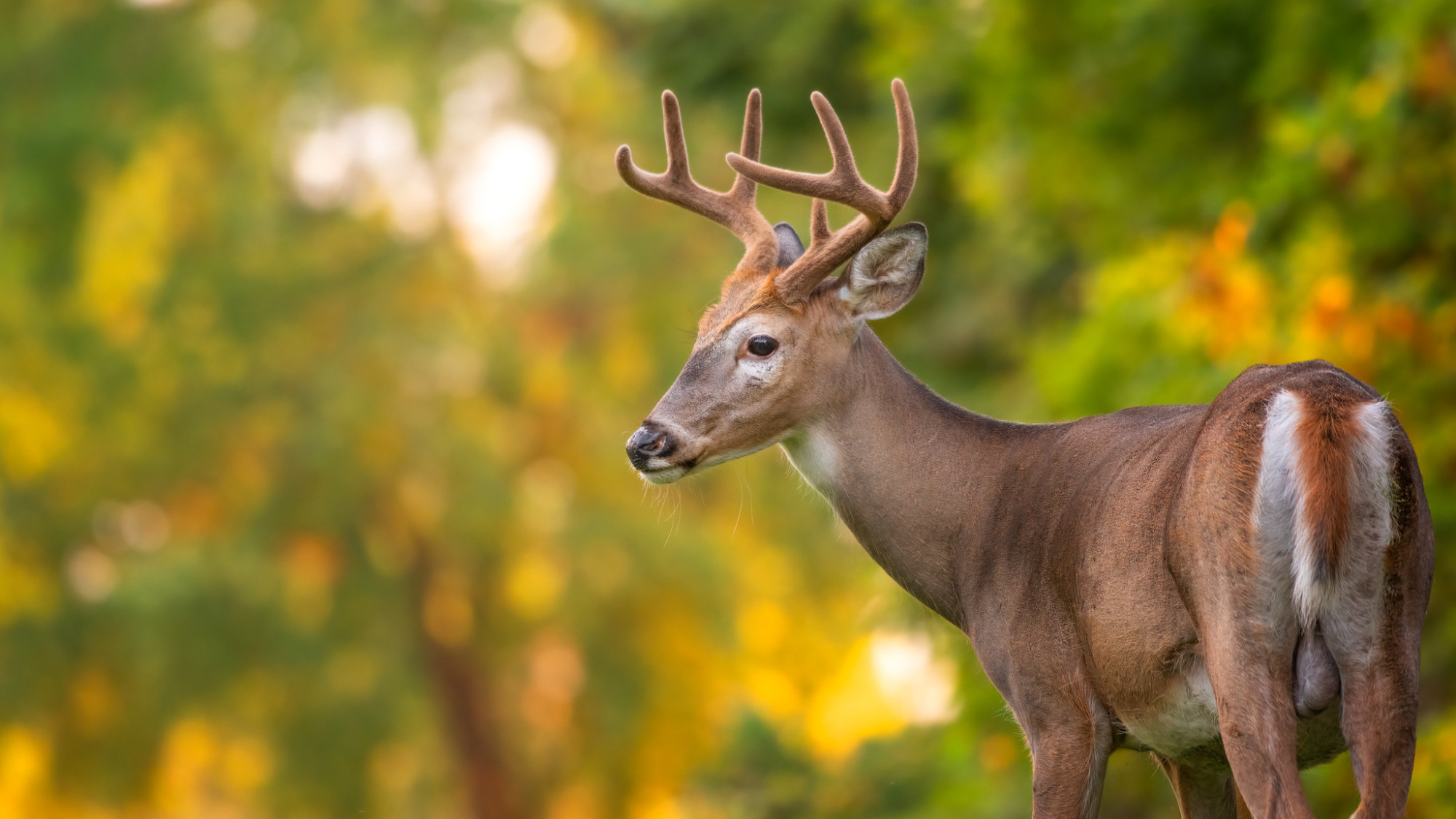
The trickiest part of understanding deer lifespans can be determining a deer’s age in the first place, so we’ll discuss a few ways that hunters, wildlife enthusiasts, and biologists figure out whether the buck they’re staring at is 2, 12, or 22 years old.
There are plenty of situations where you might find yourself curious about the age of a particular deer. Maybe you just recovered a nice 10-point, or you’re trying to select does for harvest to meet your property’s deer population goals. There are reliable strategies for aging both living and deceased deer.
Aging Deer on the Hoof
The number one rule is to never rely on antlers alone to age a buck on the hoof.
“There’s one way to age a deer before it’s harvested. This is a guesstimate of the age based on the body conformation and size during the fall,” Ross says. “So you look at ratios of neck depth, belly girth, and length of the deer. It’s pretty accurate when you’re trying to distinguish between young, middle-aged, and older deer, but getting to an exact age, it’s not as accurate.”
NDA also gives an in-depth explanation of how to age a deer on the hoof without looking at antlers. There are a variety of characteristics you can use, especially if you only have a partial view of a deer. For example, if he’s quartering away and you can’t quite see how thick a buck’s neck is, you can at least see if he has a sagging belly or a tighter waist.
In short, look for:
- The size of the hind quarter compared to the size of the front quarter
- Leg length compared to body length
- Neck thickness and broadness of chest
- Sagging belly or straight belly
- Waist definition
Aging Deer Post-Mortem
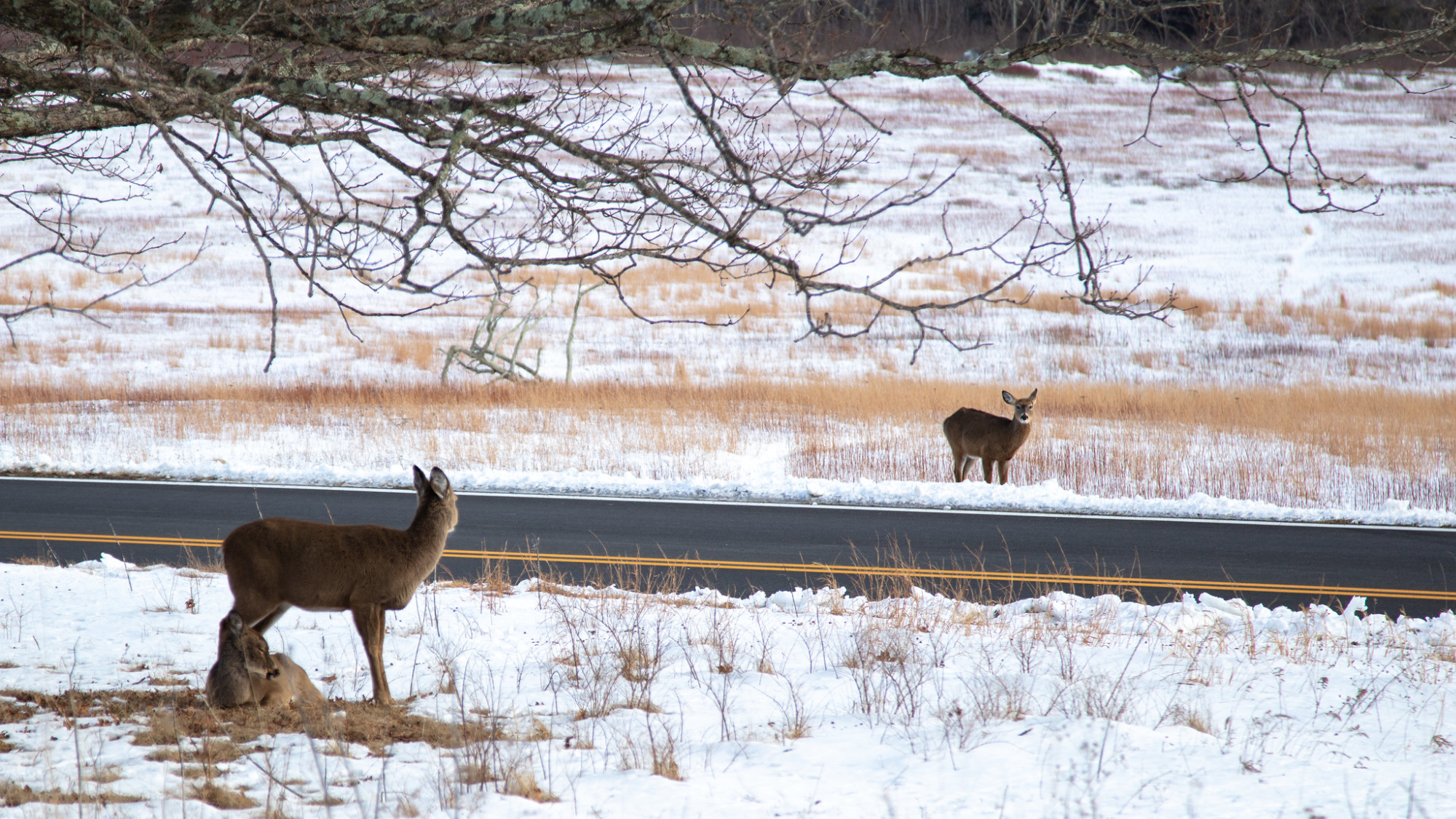
If you’ve already harvested a deer and notched your tag, or you’ve otherwise come across a deceased deer, there are two reliable ways to figure out how old it was when it met its demise. Both of these methods involve the deer’s teeth.
“Using a deer’s teeth is the best way to know a deer’s true age,” Ross says. “One way is called the tooth replacement and wear technique, which is a scientifically proven technique developed in the 1940s by Bill Severinghaus. You look at the replacement of teeth at young ages—deer up to 2 years old are losing teeth and replacing them—and then once they have all their adult teeth in, from that age on, you look at how worn down they get. And that is actually very accurate. It’s 100-percent predictable when deer are going to lose their teeth and grow new ones … Once a deer is 3 years old or older, you start looking at wear on the teeth.”
The other kind of tooth aging uses a process called cementum annuli analysis to determine how many layers of cementum a tooth has built up. Much like rings on a tree, layers of cementum equate to years. After the tooth is processed, mounted on a slide, and studied under a microscope, biologists like those at Matson’s Laboratory in Manhattan, Montana can determine with extreme accuracy how old the deer (or elk, bear, mountain lion, pronghorn, or any other big game animal in North America) was at the time of death.
“Both techniques have value,” Ross says. “The tooth replacement and wear is free, you don’t have to pay anybody to do it, and it’s more accurate for younger ages. Cementum annuli costs money but it’s more accurate for deer when they get past three years old.”
Mule Deer Lifespans
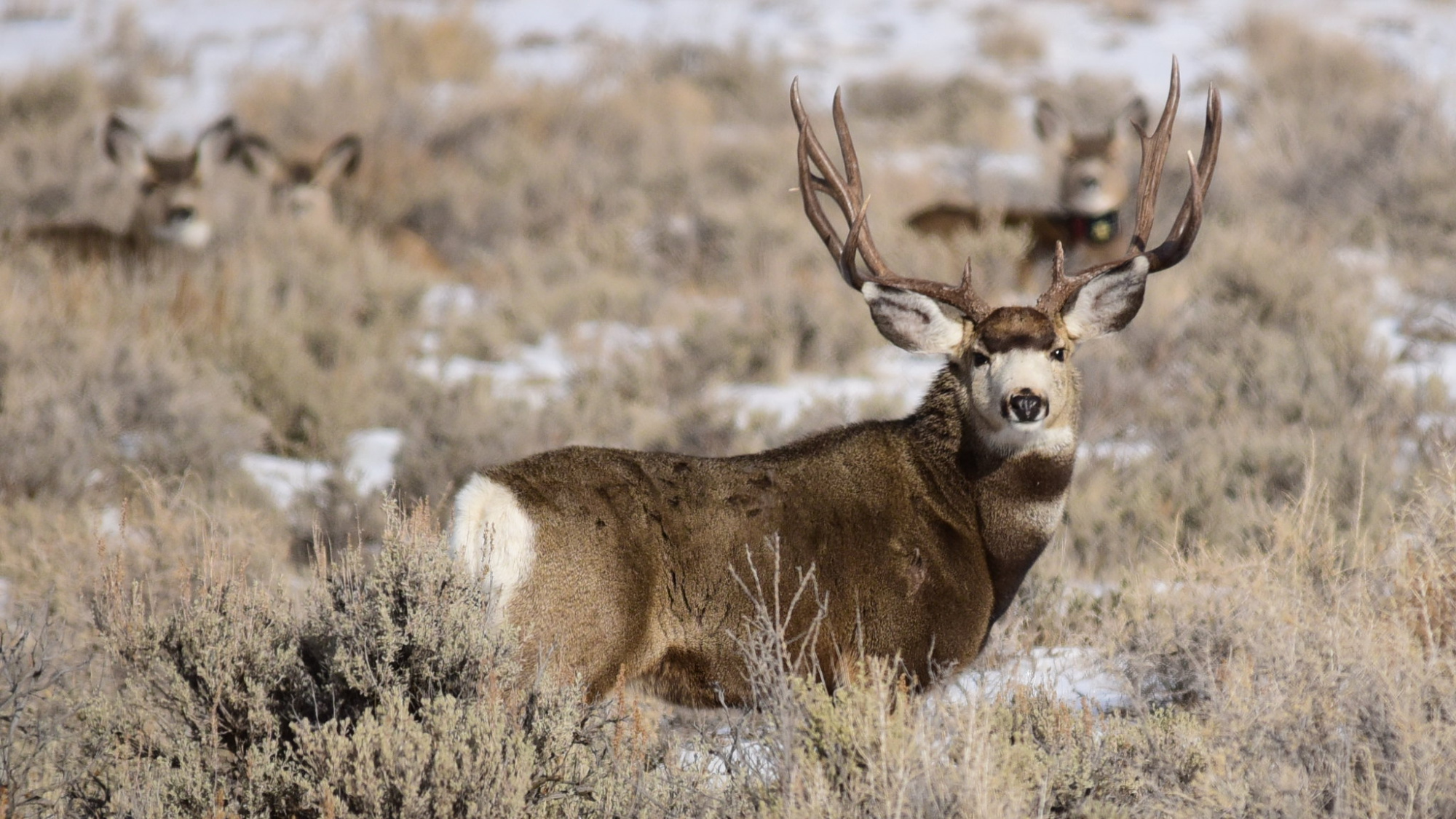
The oldest mule deer Matson’s Laboratory ever aged was 20 years old. This animal, just like its 22-year-old whitetail and blacktail counterparts, was a complete anomaly. A mule deer’s lifespan varies with the ecosystem it lives in and the hunting regulations that apply to its range, Montana Fish, Wildlife and Parks wildlife biologist Brett Dorak tells Outdoor Life. In some limited-entry hunting units in eastern Montana, for example, most mule deer that come through game check stations are estimated to be 6.5 to 9.5 years old. Of course, that age range decreases in areas where mule deer hunting is less restricted.
“Most of the bucks coming through [all] check stations are probably 2.5 to 6.5 years old,” Dorak says. “In the wild you can expect a mule deer to live up to 8.5 to 10.5 years of age. Does tend to be a little bit older than bucks just because of the lower hunting pressure, but also having to give birth puts a lot of energetic demands on them.”
While hunting regulations obviously change from region to region and state to state, what doesn’t change much is a mule deer’s preference for open plains, rolling hills, sagebrush steppe, and other habitat types with lots of visibility. Sure, plenty of wooded mountain ranges hold mule deer. But they also populate more open areas where grizzly bears and wolves are few and far between. In these areas, coyotes and mountain lions are a mule deer’s primary predators. But despite their preying on a lot of mule deer fawns, the fawn’s first-month survival rate ranges from 45 to 60 percent, Dorak says. Once they’ve made it through the first few months, 65 to 80 percent will survive their first year.
“Your average adult mule deer doe has 1.7 mule deer fawns. Once those fawns hit the ground, it’s pretty much a coin flip as to their survival over the first month or two,” Dorak says. “Mortality there can either be from malnutrition or predation, coyotes or even avian predators. Then, if they can survive their first winter, the portion of take by predators will get smaller. So of those remaining fawns, you’ll see a 60 to 80 percent survival rate. Then as adults, 80 to 85 percent of does survive year-over-year. Coyotes, hunting pressure, and malnutrition and disease are the main causes of mortality among adults.”
How Long Do Deer Live FAQs
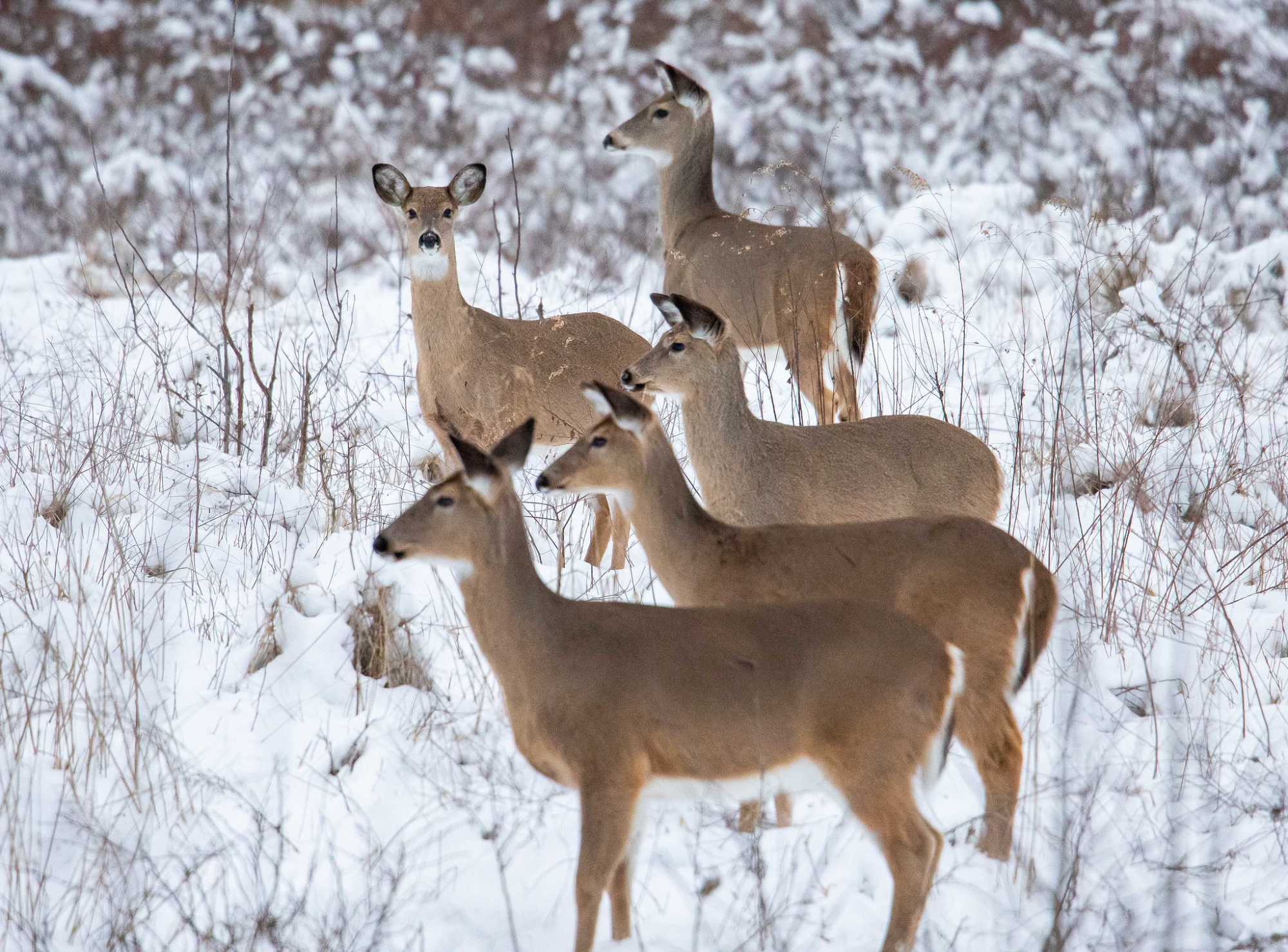
Final Thoughts on How Long Deer Can Live
Asking how long a deer can live is like asking how well deer can smell or what colors can deer see—it’s pretty difficult to nail down a firm answer without ample research and scientific firepower. Luckily, if you’re only interested in learning how long a single deer lived—particularly one you spotted on a trail camera or tagged out on—there are multiple ways to figure that information out.








